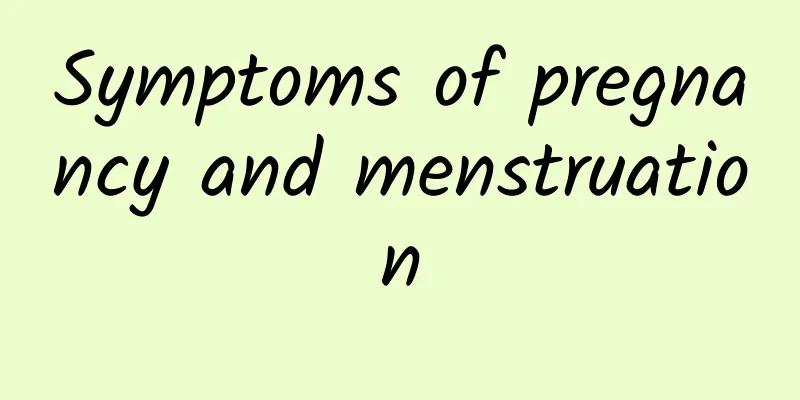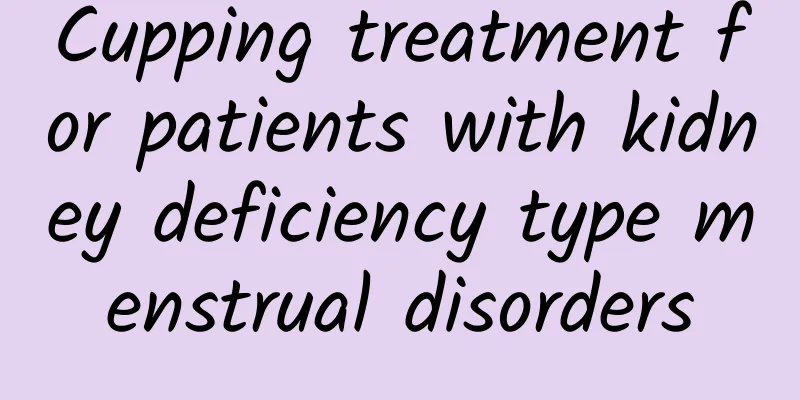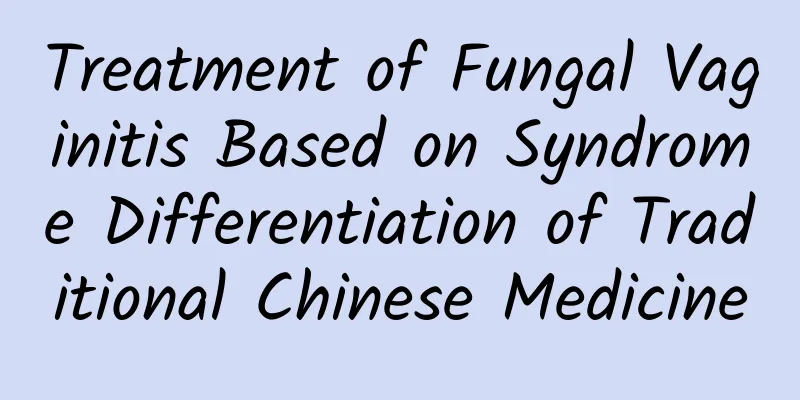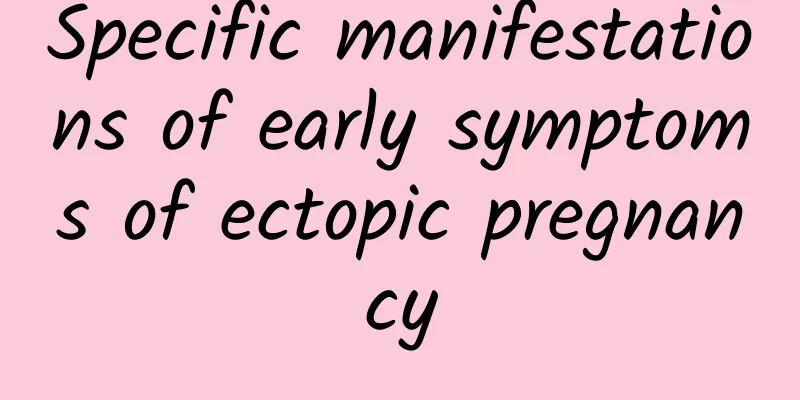Most women with ovarian cysts have no symptoms
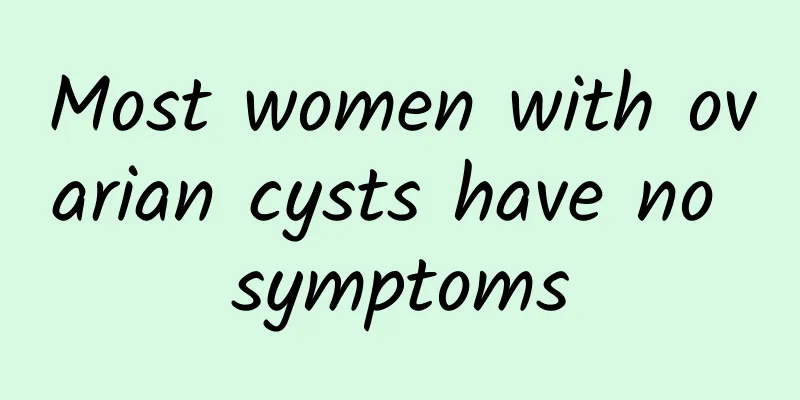
|
What are the symptoms of ovarian cysts? Did you know that most patients with ovarian cysts are asymptomatic? This is a very scary thing. Ovarian cysts can be divided into ovarian tumors and non-neoplastic cysts, mainly including ovarian tumor-like lesions, endometriosis cysts, etc. Except for ovarian endometriosis cysts, most ovarian cysts are asymptomatic. A few may have menstrual disorders, which are often discovered accidentally during medical treatment or physical examinations for other reasons. Some are even discovered when the cyst twists or ruptures, and sudden lower abdominal pain occurs when they come to the doctor. The harm of ovarian cysts to the body and its treatment depends on its nature. The most common ovarian cyst in women of childbearing age is ovarian tumor-like lesions, which are caused by excessive physiological reactions of the ovary itself or drug stimulation. Most of them are unilateral, with a diameter of less than 5cm, and can disappear naturally, generally without the need for treatment. Ovarian endometriosis cysts are caused by endometriosis affecting the ovaries, forming cysts containing chocolate-like viscous fluid in the ovaries, so they are also called chocolate cysts. They are also common ovarian cysts in women of childbearing age. They vary in size, and the largest diameter can be more than 10 cm. Patients with ovarian cysts often have symptoms of progressively worsening dysmenorrhea, dyspareunia, infertility, and menstrual disorders. Gynecological examinations show tender nodules in the pelvic cavity. The treatment of ovarian chocolate cysts should be based on comprehensive considerations of the patient's age, cyst size, degree of dysmenorrhea, and whether or not they have fertility requirements. Medication, conservative surgery, and even radical surgery should be used for treatment. Ovarian tumors can occur at any age, and the cause is unknown. Ovarian cystic tumors are mostly benign, but they can also become malignant. The mortality rate of ovarian malignant tumors ranks first among gynecological malignancies, and it is the most threatening disease among gynecological tumors. Therefore, once an ovarian tumor is diagnosed, surgical treatment should be performed as soon as possible. The above is about the symptoms of ovarian cysts that sometimes do not appear. Experts recommend that women avoid high-cholesterol diets and maintain a healthy mentality and lifestyle. Women of childbearing age, especially those over 30 years old, should undergo gynecological examinations every six months to one year, and it would be better if they are combined with B-ultrasound examinations and tumor marker monitoring. Ovarian cysts http://www..com.cn/fuke/ncnn/ |
<<: Learn more about the symptoms of right ovarian cyst
>>: Women should be wary of uterine fibroids in winter
Recommend
Attention should be paid to the hazards of cervical hypertrophy
Cervical hypertrophy is a common gynecological ce...
What medicine should I take during menstruation to treat uterine fibroids? What should I eat during menstruation if I have uterine fibroids?
What medicine should I take during menstruation t...
What causes bilateral ovarian cysts? How to treat them?
What causes bilateral ovarian cysts? How to treat...
Several small ways to prevent cervical precancerous lesions
How to prevent cervical precancerous lesions at a...
What is the cost of treating endometrial tuberculosis?
Experts say that there are many factors that affe...
What is the reason for not having menstruation?
Missed menstruation may be caused by a variety of...
How to treat acute cervicitis completely
In the clinical treatment of acute cervicitis, ta...
Unable to control appetite, ruining weight loss efforts? Chinese medicine doctor Zhang Wenxin: To defeat the "little hunger demon", first help your body put out the fire
My appetite is too strong and I can’t control it ...
How to prevent hyperprolactinemia
After the occurrence of hyperprolactinemia, we mu...
What happens if there are blood clots during menstruation?
What happens if there are blood clots during mens...
Detailed analysis of the causes of cervical precancerous lesions
What is the detailed analysis of the cause of cer...
What are the dangers of cervical erosion?
What are the dangers of suffering from cervical e...
Cure rate of moxibustion for hyperprolactinemia
Hyperprolactinemia (HPRL) refers to a syndrome ca...
What are the methods for treating vaginitis? In fact, these methods are more effective
What are the methods for treating vaginitis ? In ...
Women complain they are not thin enough, it turns out it is genetics
Every woman always feels that she should be thinn...
